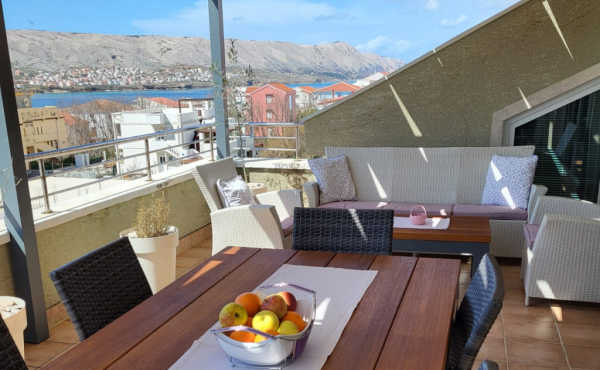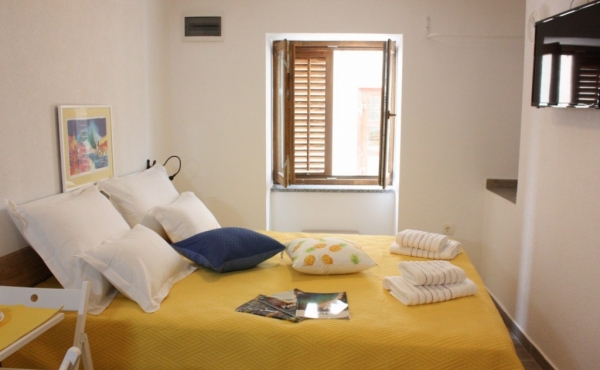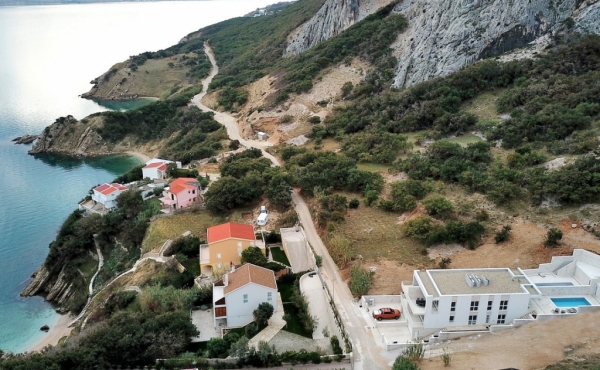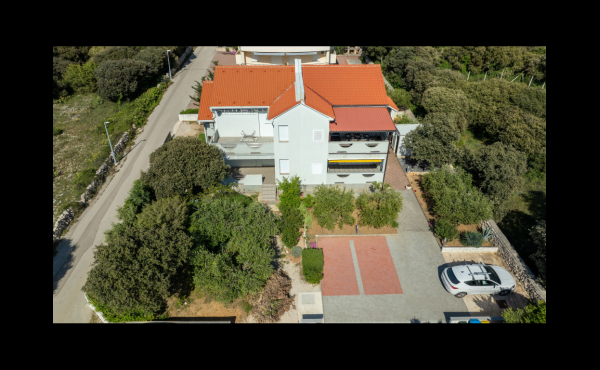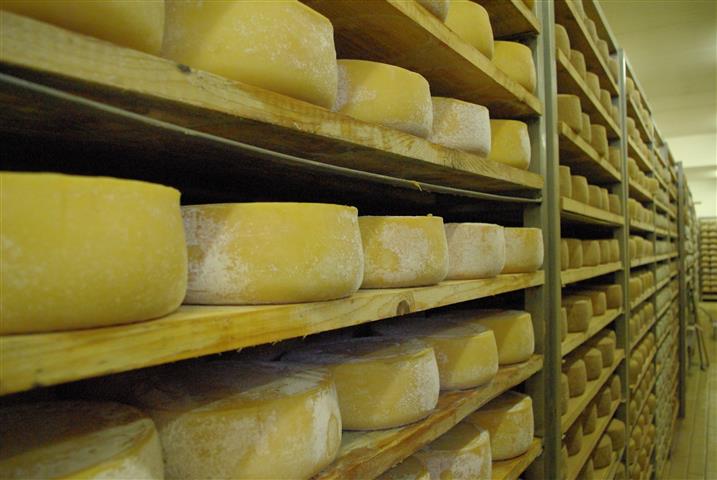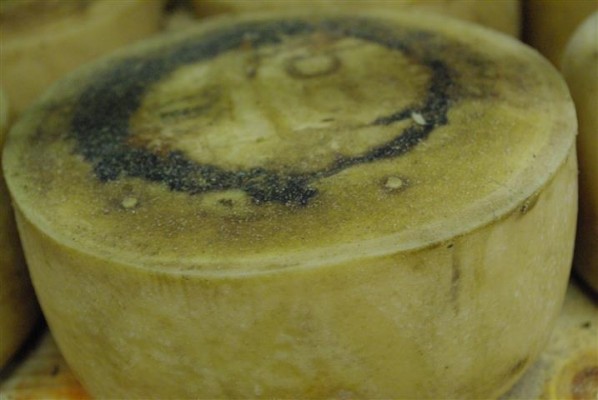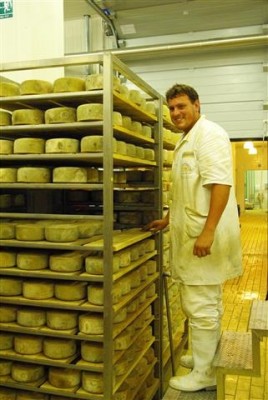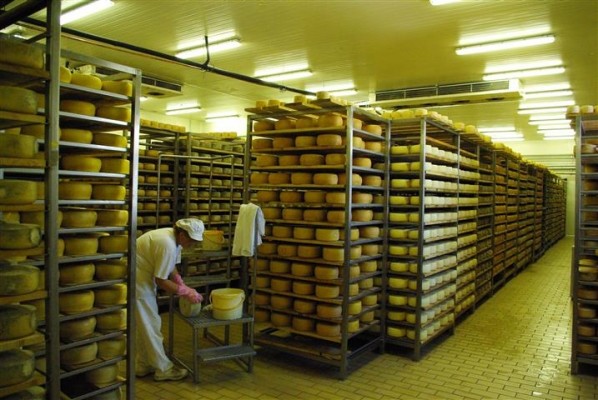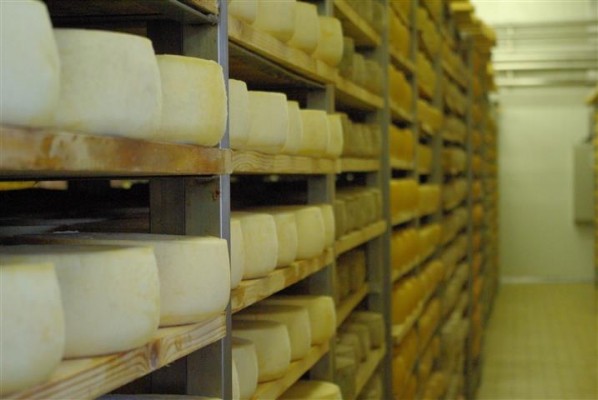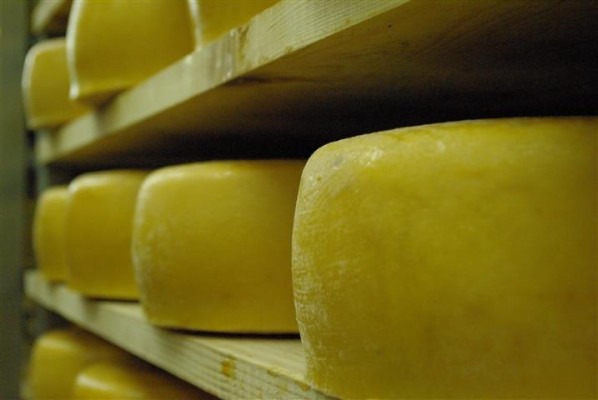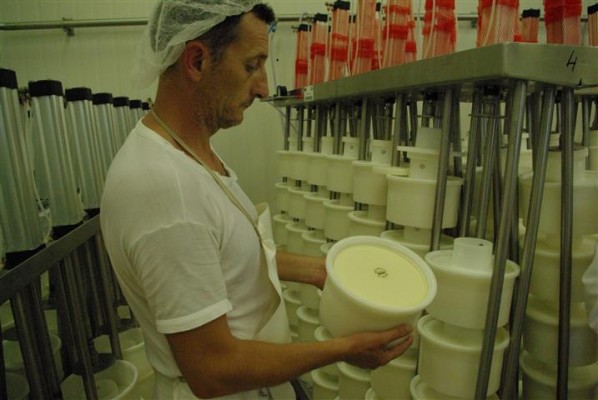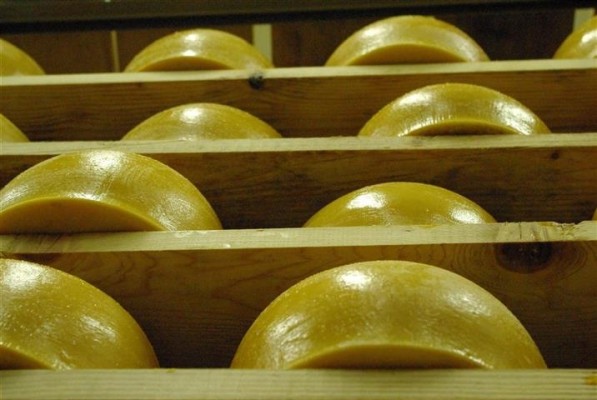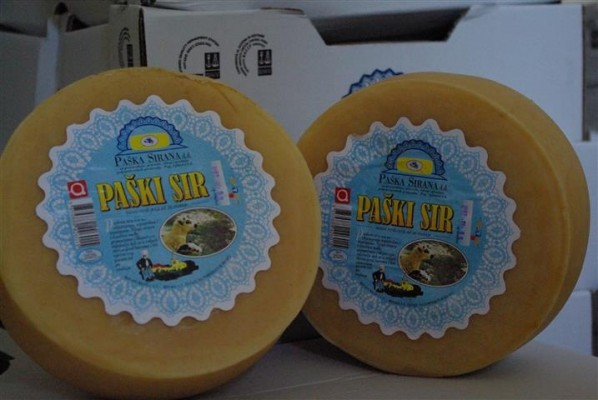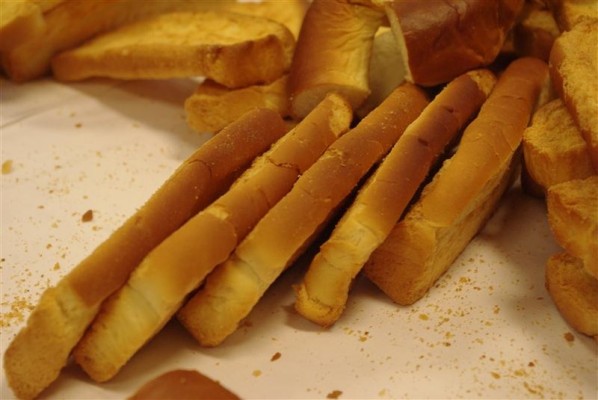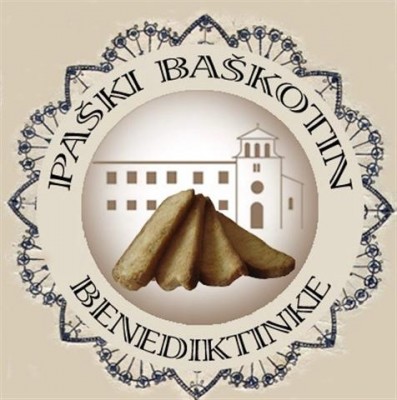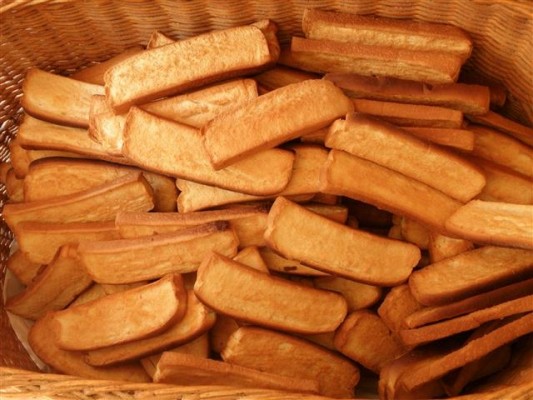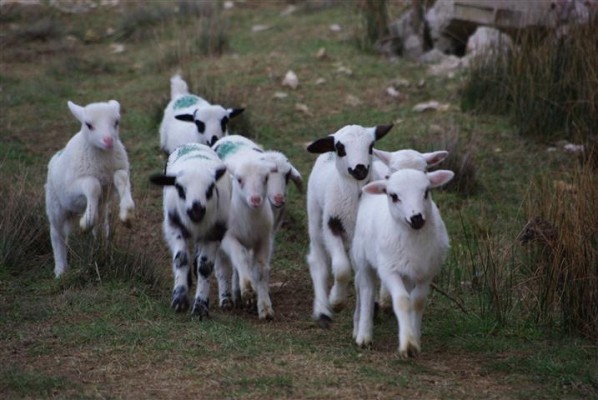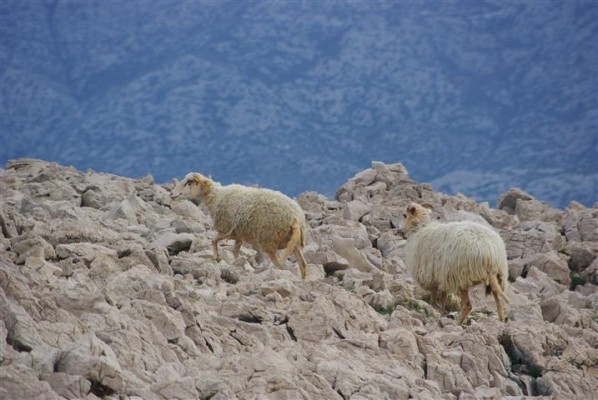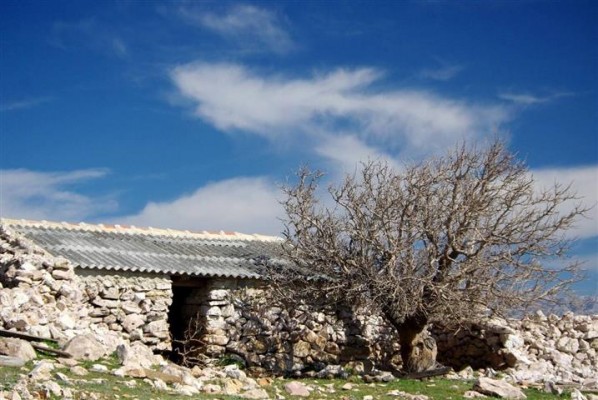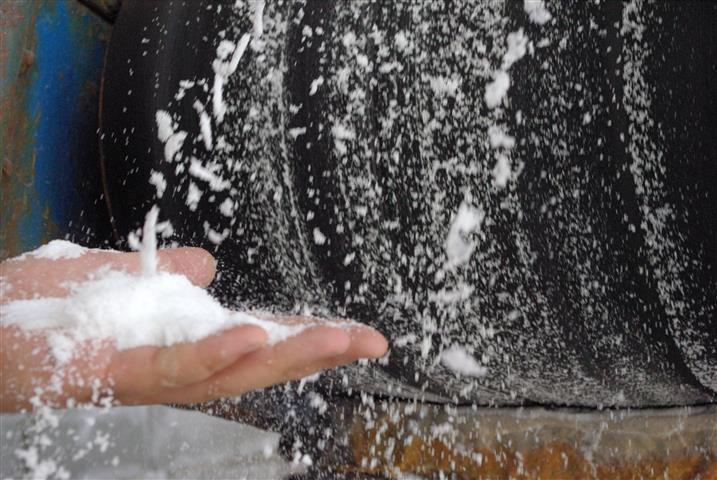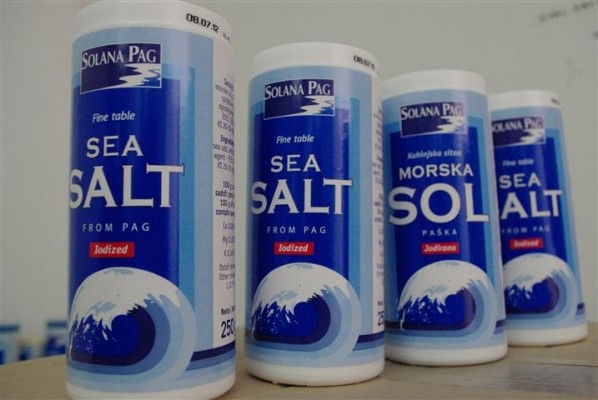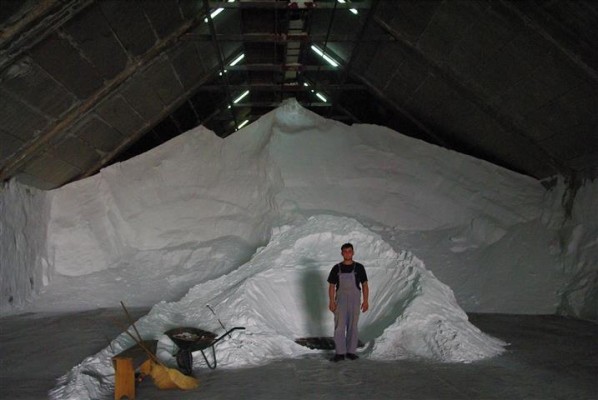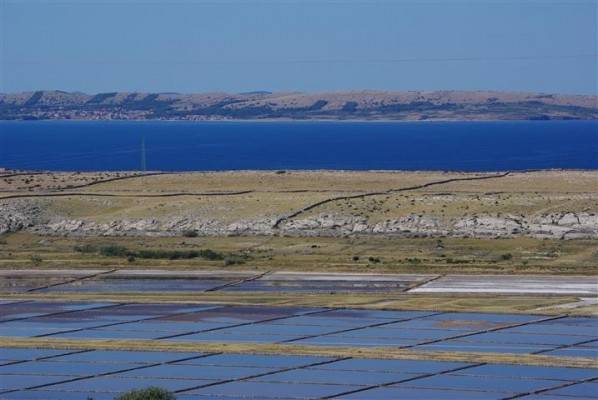Many catch their breath when Pag cheese is mentioned, and remember the salty taste it leaves on the palate. The renowned and recognised symbol of Pag carries the Croatian Creation label and represents both Pag and Croatia at all EU fairs. The quality starts developing with the first signs of the bora winds on Pag, which rushes down the slopes of the Velebit mountain and disperses a spray of sea water all over the island’s sparse vegetation. The sheep grazing on these salted pastures of medicinal herbs produce milk with a specific flavour and aroma which are preserved in the cheese.
Ever since the early days of cheese production on Pag, the technique has remained the same, with only minor details in its storage altered in line with the latest technologies. Pag cheese may be purchased at various households and dairies on the island that have merged tradition and technology. Mature Pag cheese, aged for a minimum of five months, has a specific, highly piquant flavour and aroma. It is slightly granular so it crumbles and melts in the mouth. Mature cheeses are round, golden or golden-yellow in colour and weigh between 2 and 2½ kg. Pag cheese is served as a specialty with aperitifs or as an hors d’oeuvre, and is always used as an ingredient when preparing various sauces, pasta and other dishes.
Tasting Pag cheese in an inn, someone’s home or as a starter in any restaurant in Pag is highly recommended.
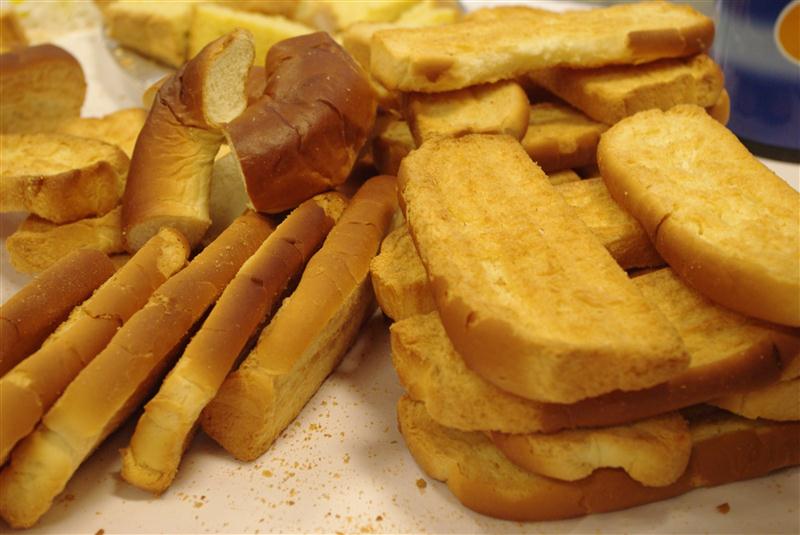
For centuries the Benedictine Convent of St. Margaret produced a rusk called baškotin. Back in 1540, the nuns acquired their first oven, which they began using to bake various cakes, buns and the baškotin. They invested their efforts into safeguarding their product, which is today entitled to use the Croatian Creation and the Croatian Island Product labels. The people of Pag value the baškotin more than any other bakery product, and it is a favourite present of former island residents who now live elsewhere.
In the past, guests were traditionally welcomed with the baškotin and sweet white coffee. One could never imagine any family gathering or celebration without the baškotin. Today, the baškotin is considered an original gourmet souvenir from Pag.
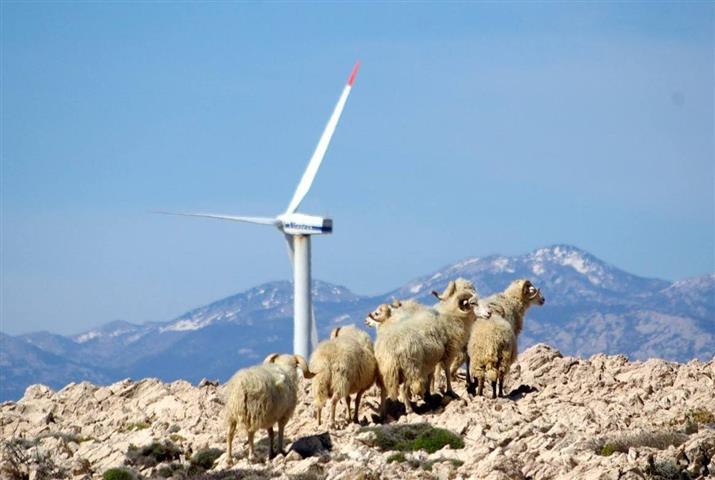
The lamb of Pag has a specific flavour due to the environment in which Pag's indigenous breed, called the pramenka, lives among the sparse karst scree on which various medical herbs (sage, immortelle, etc.) and meagre low grass grows, covered by a salty sediment brought by the northern, bora winds. Sweeping down the slopes of the Velebit massif, the bora plunges into the Velebit Channel and disperses spray from the sea over the island’s surface.
The difference in the quality of Pag lamb compared to any other lamb is due to the time when the lambs are separated from the sheep at an early age. While other lambs are separated when they weight about 15 kg, Pag lambs are separated from the sheep much earlier, so that people can use the milk for the production of the renowned Pag cheese.
Salt, along with lace, is the white gold of the town of Pag. The production of salt has a 1000-year history thanks to specific natural conditions such as the climate, a high number of sunny days, the winds that blow often, and nonporous soil. The production technology takes advantage of these natural conditions, and due to its purity, this is among the highest-quality salt in Europe and the world. Salt production has played a vital role throughout the history and life of the town of Pag and its denizens.




















